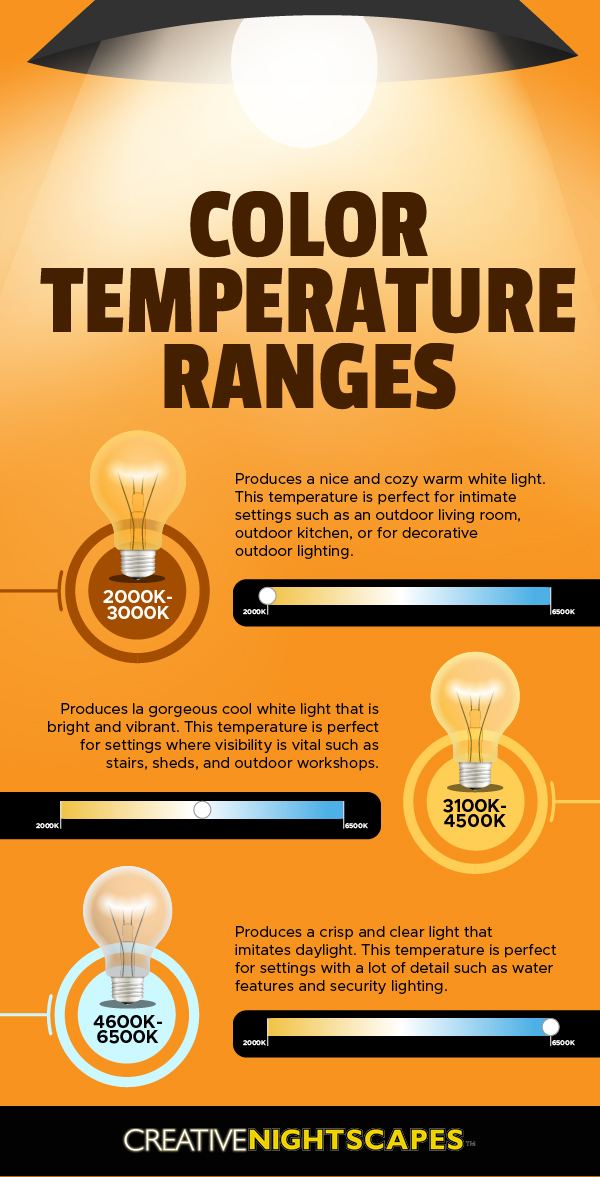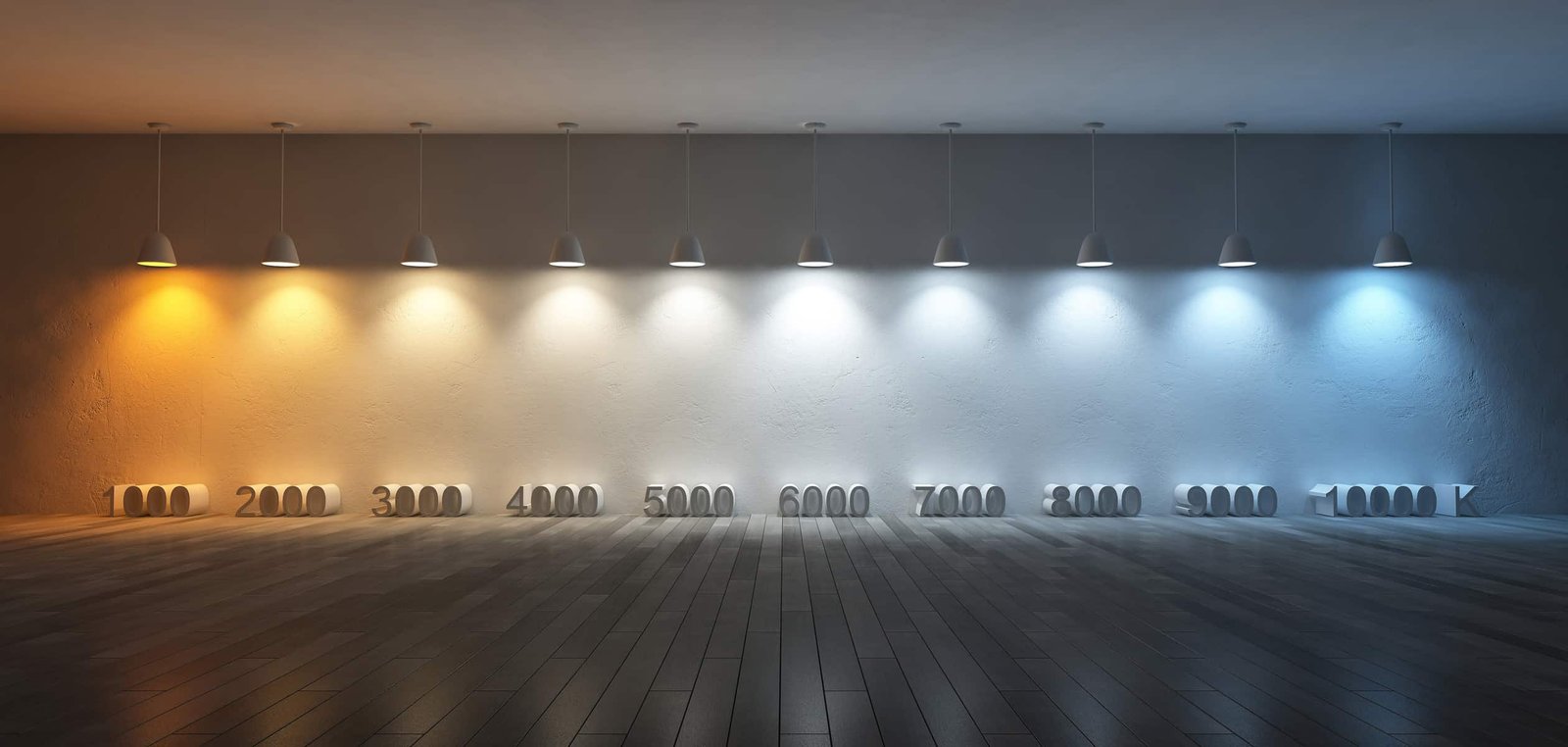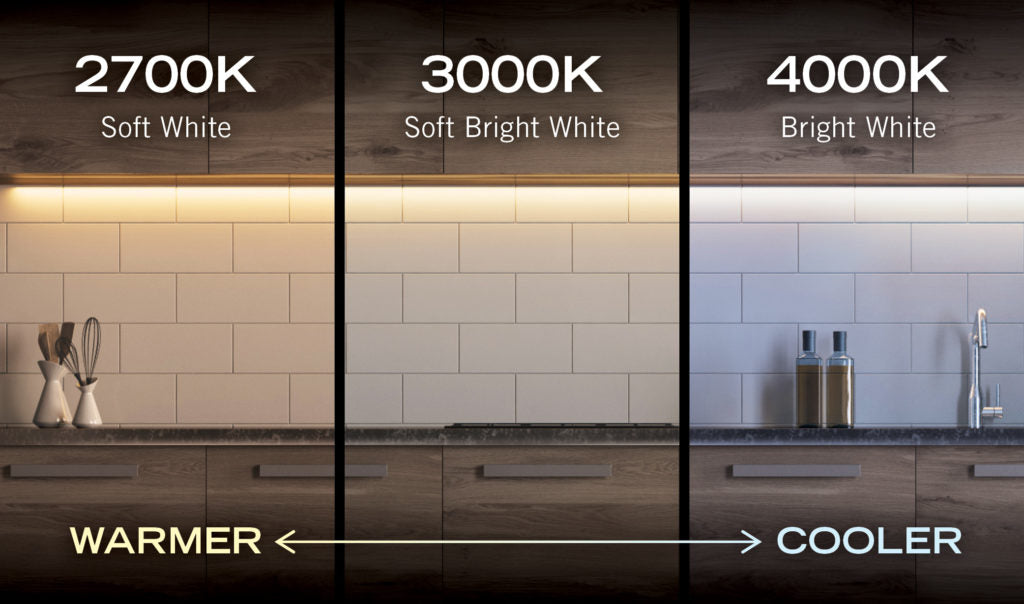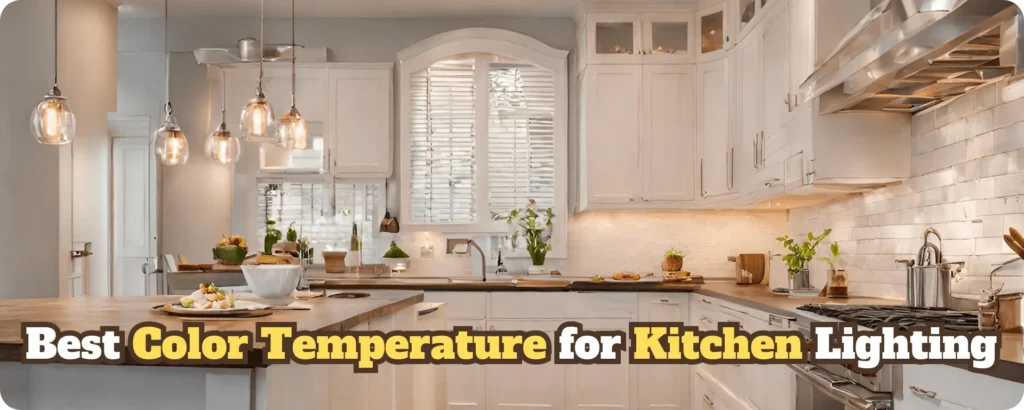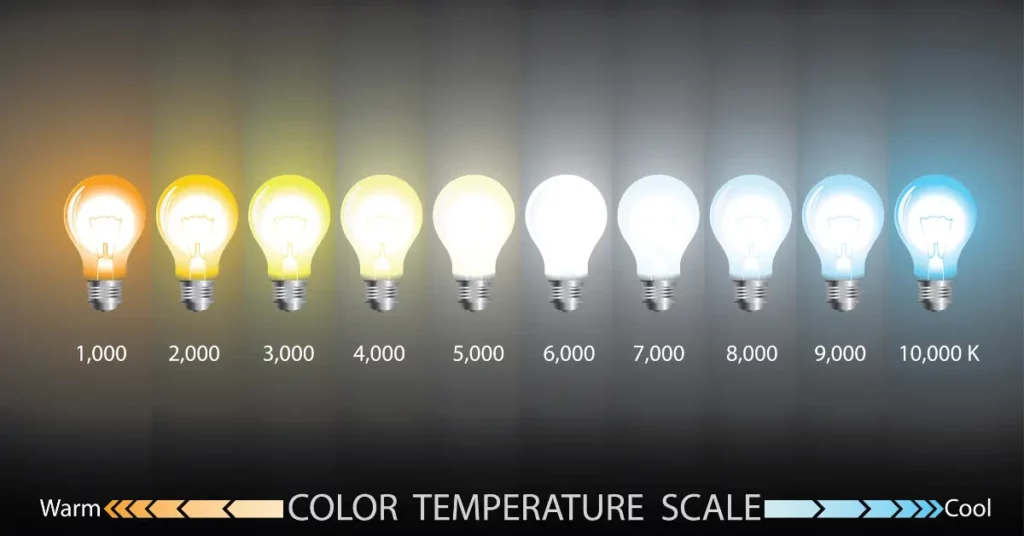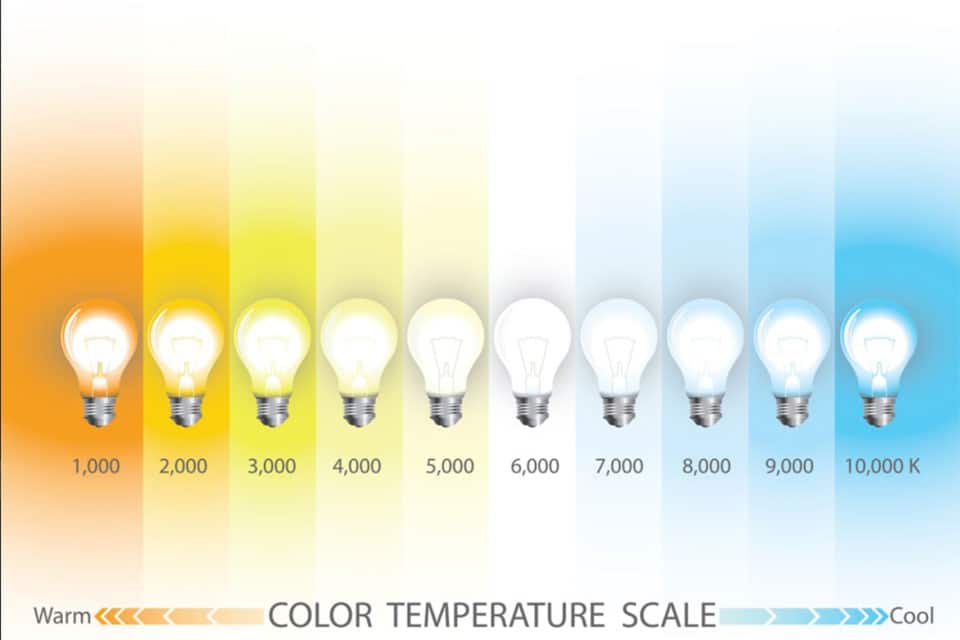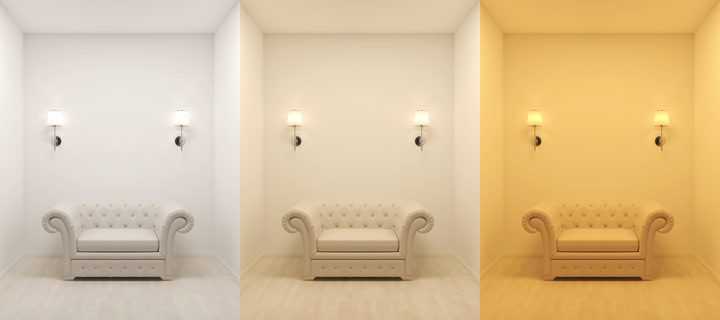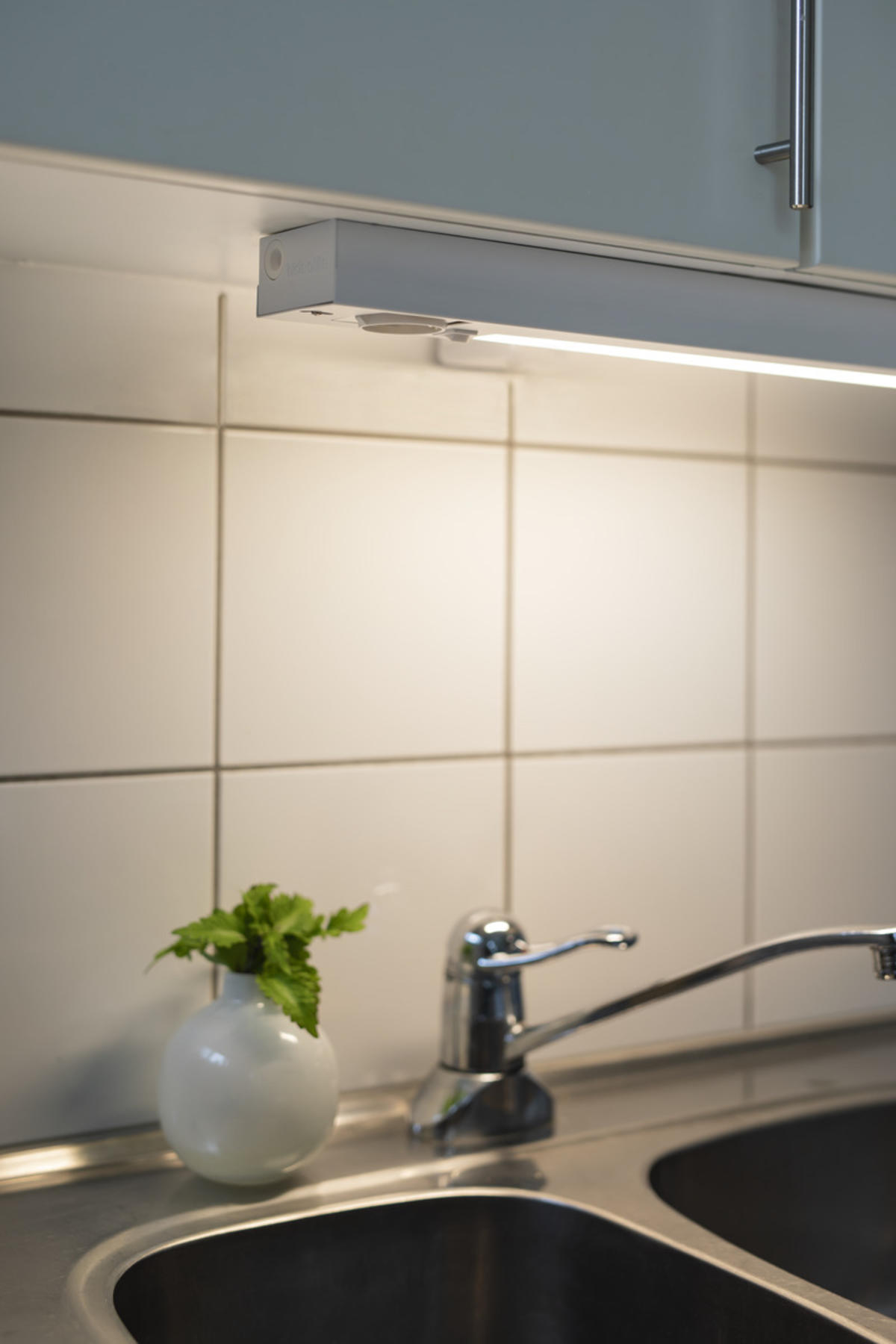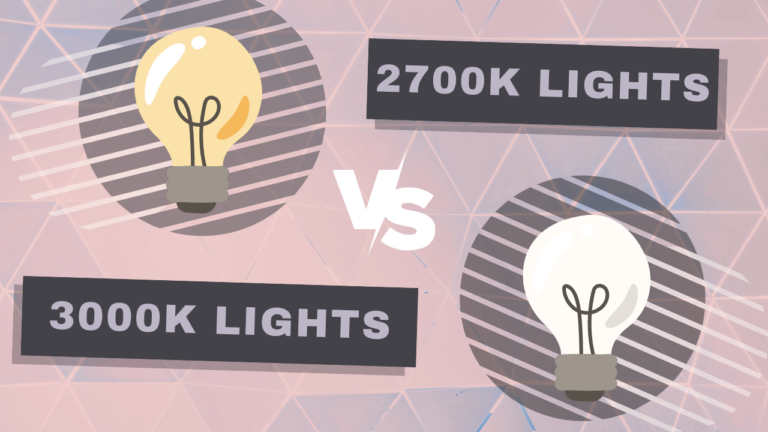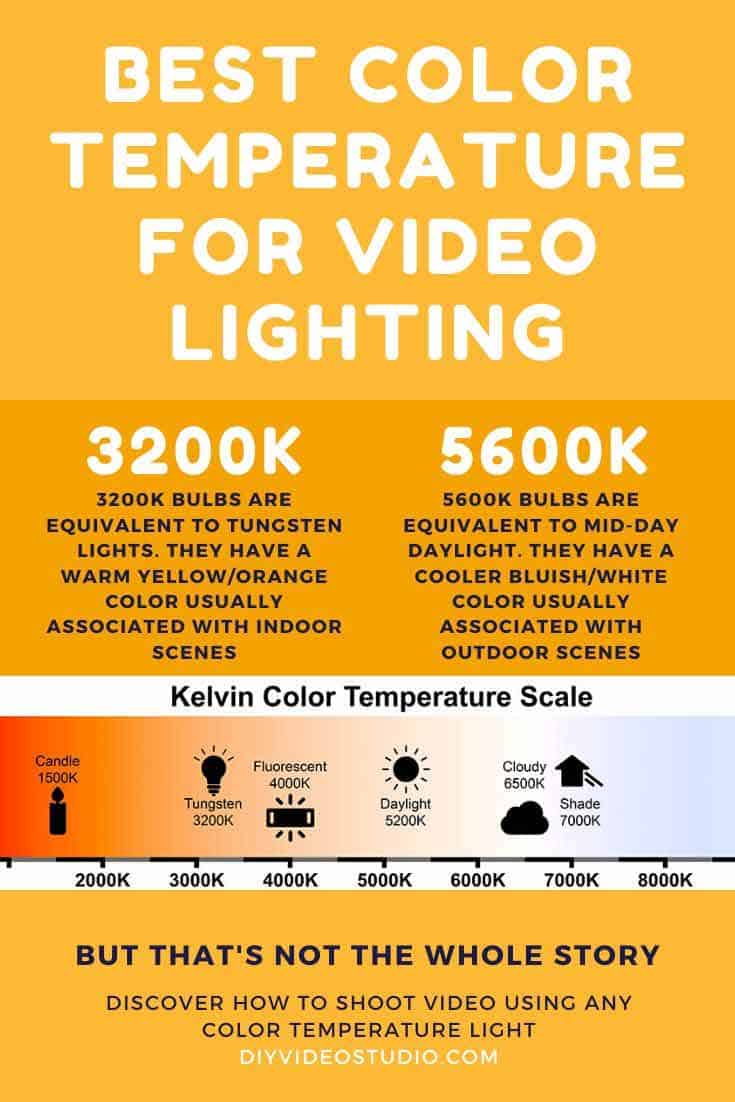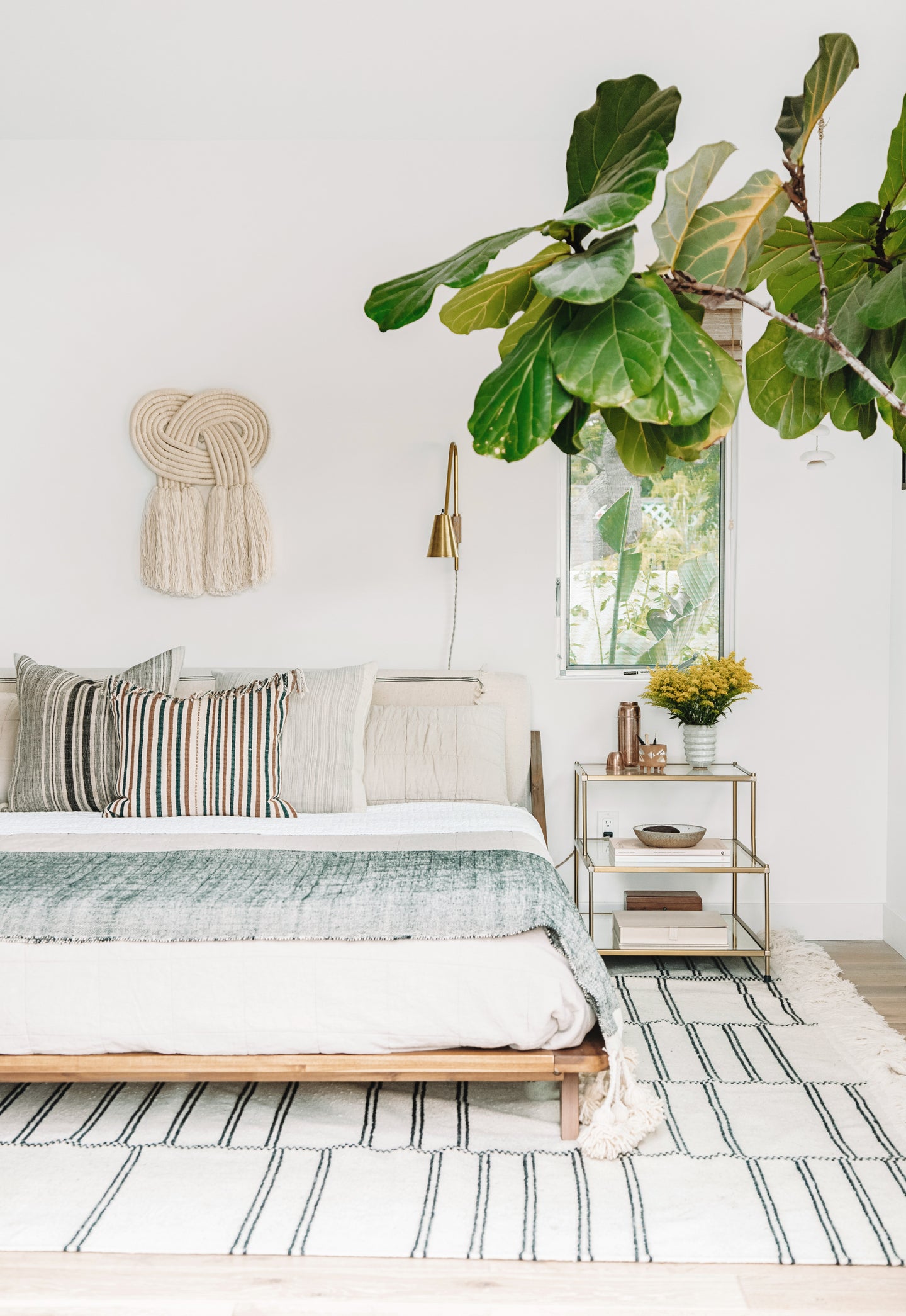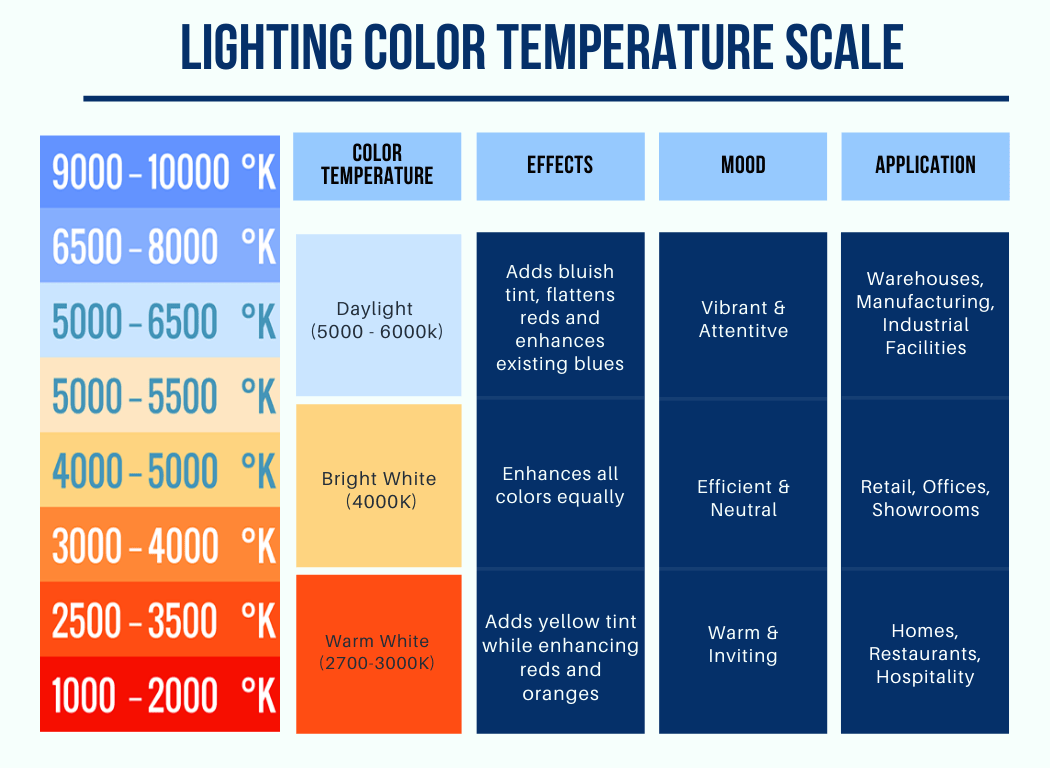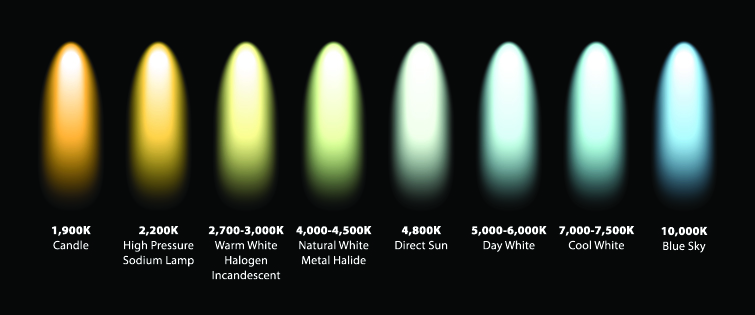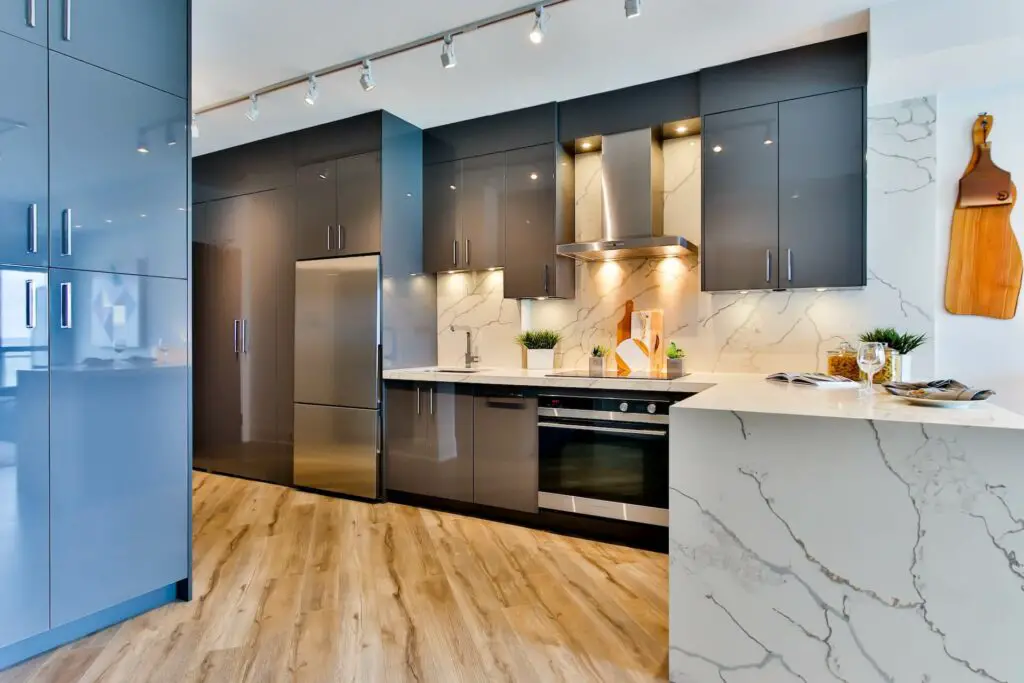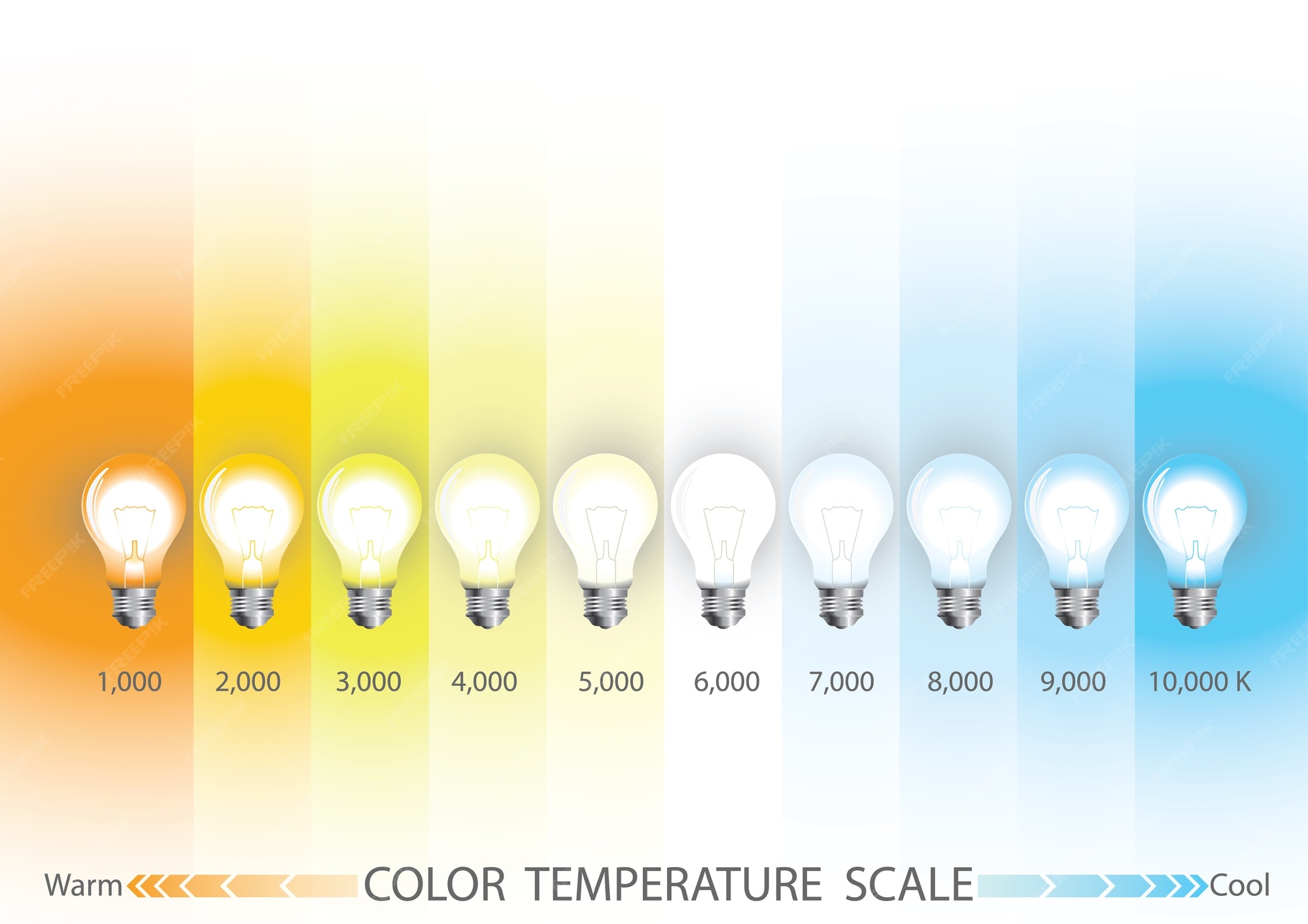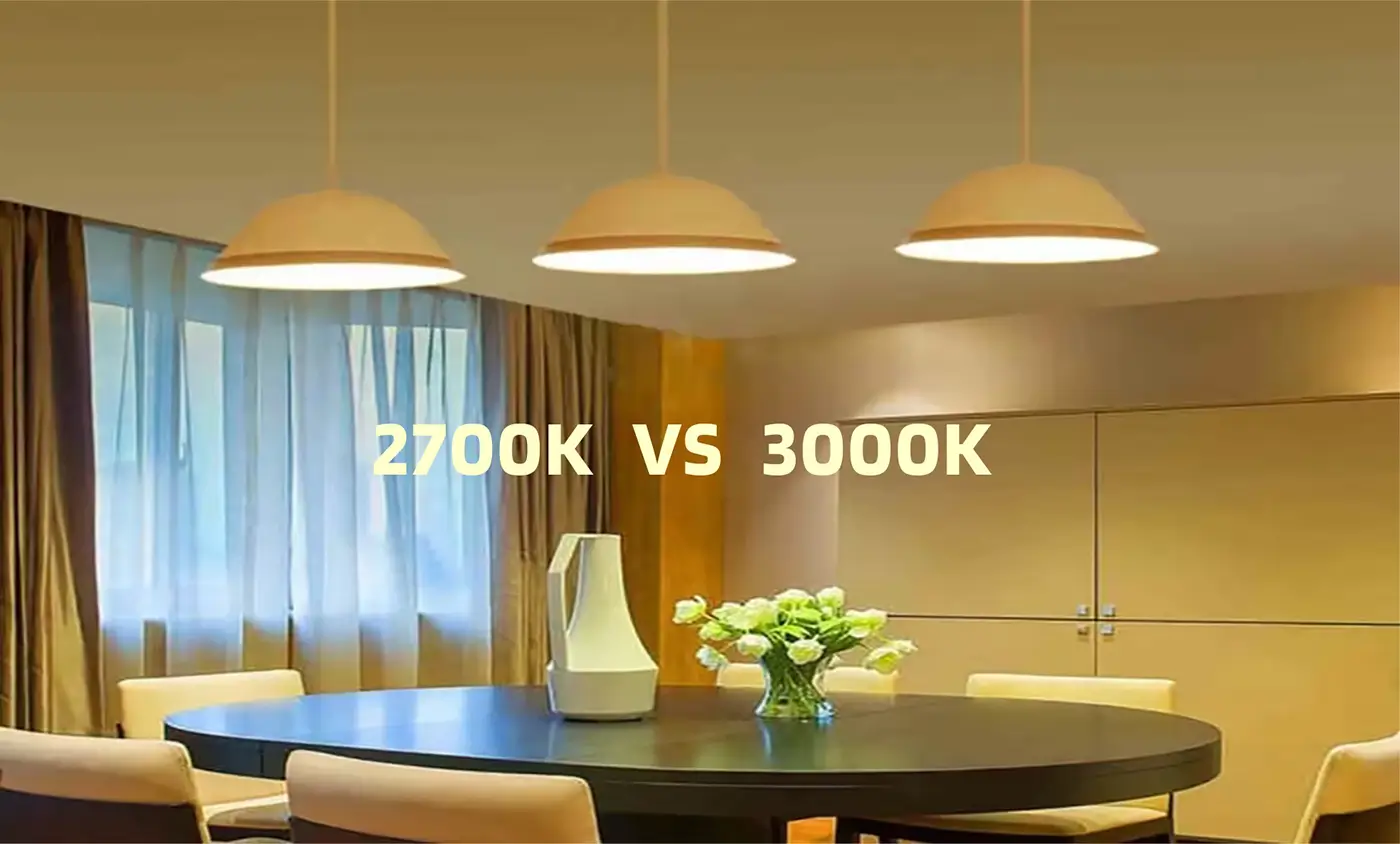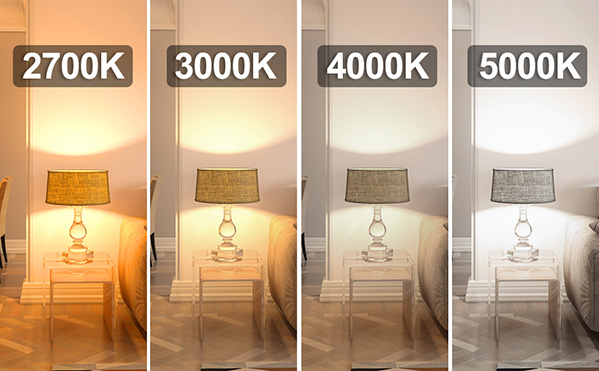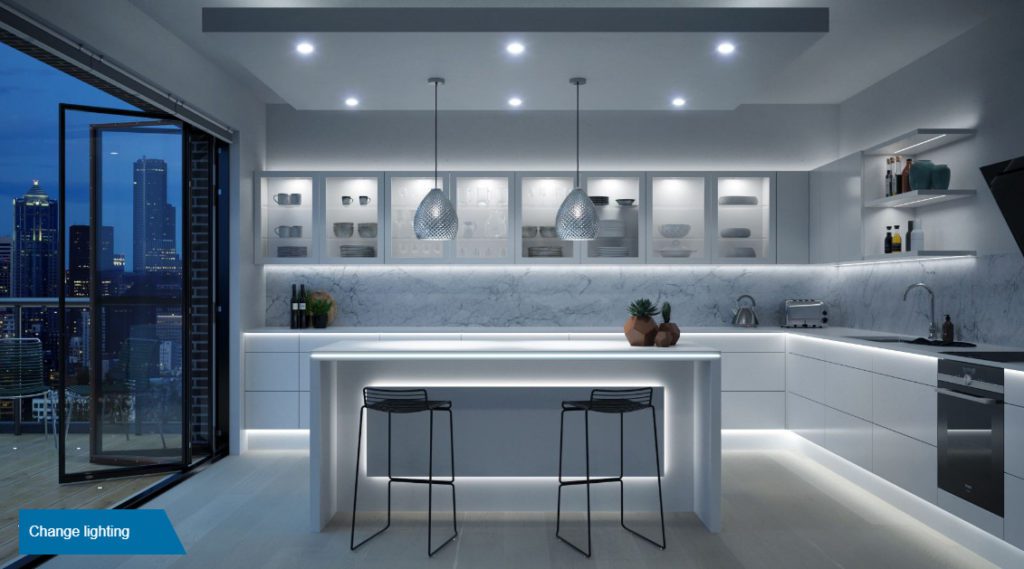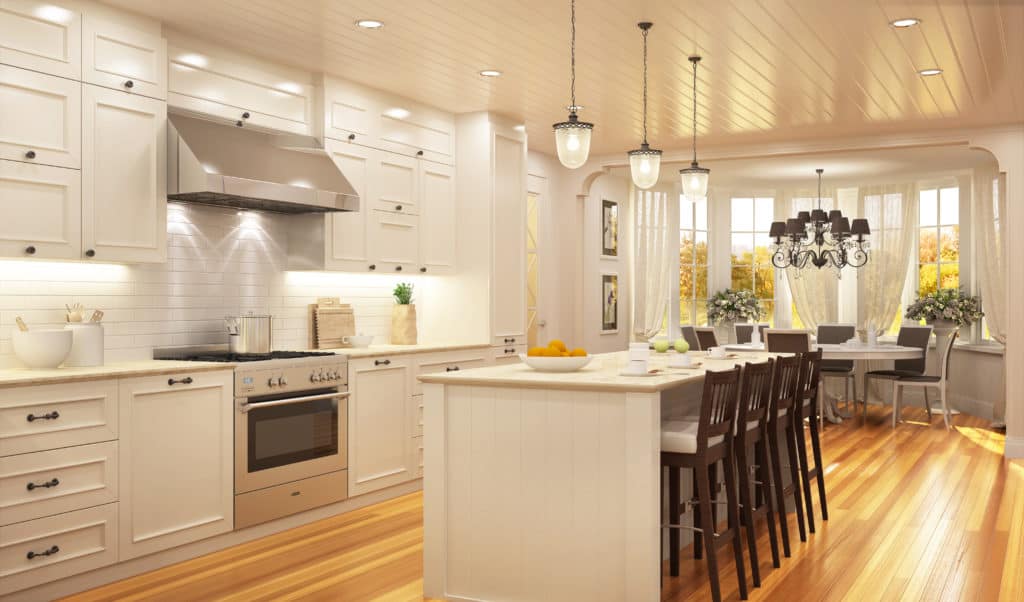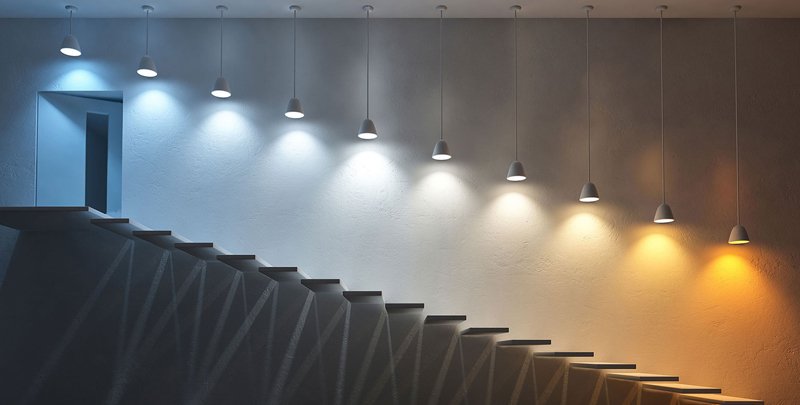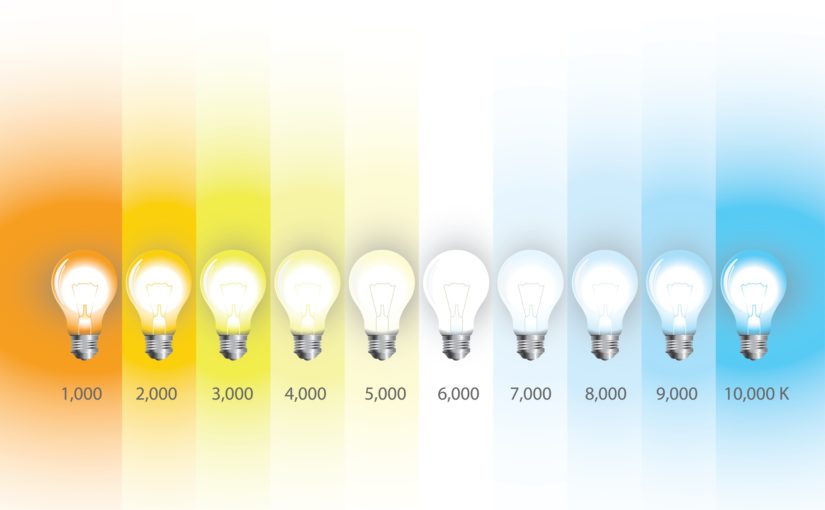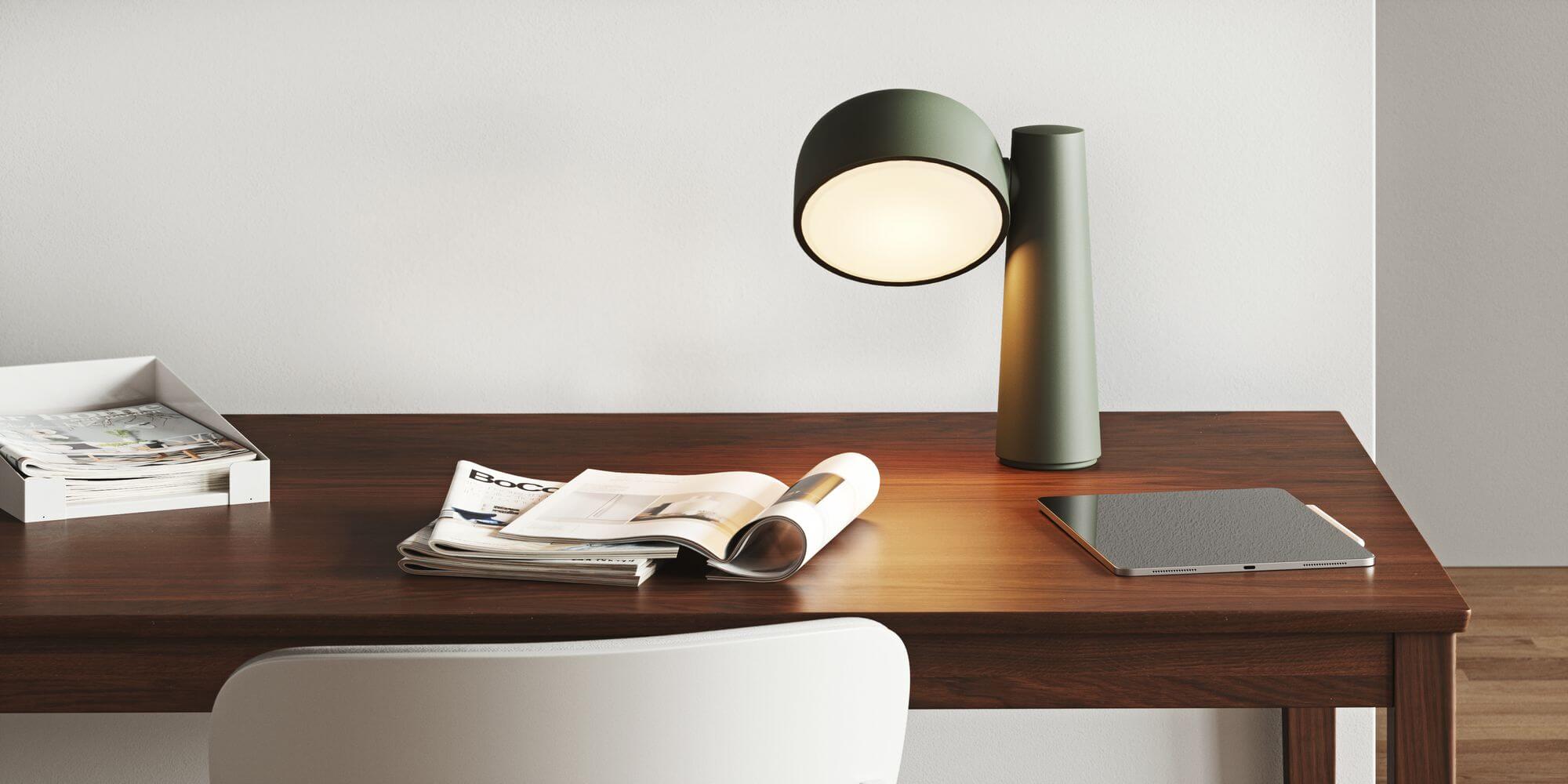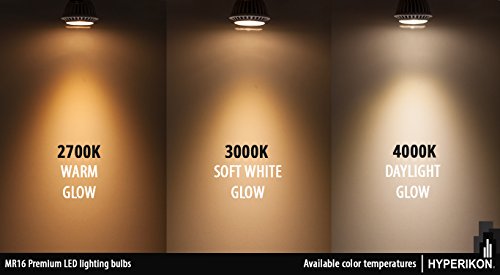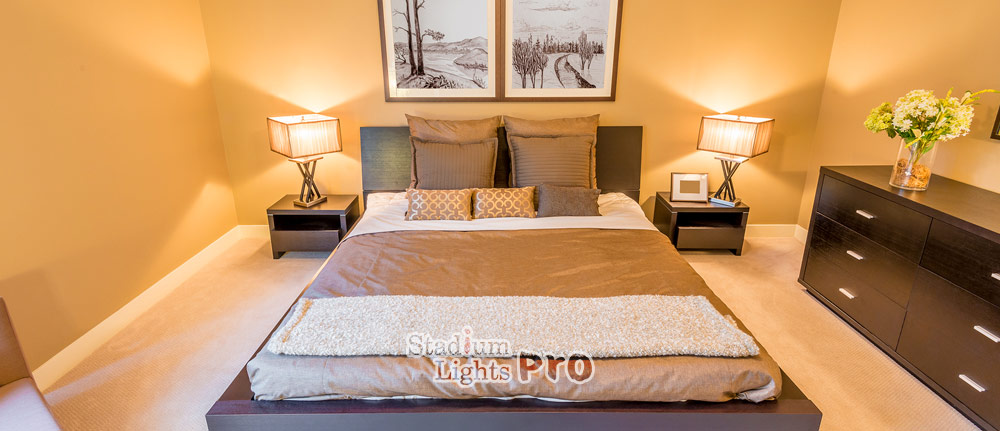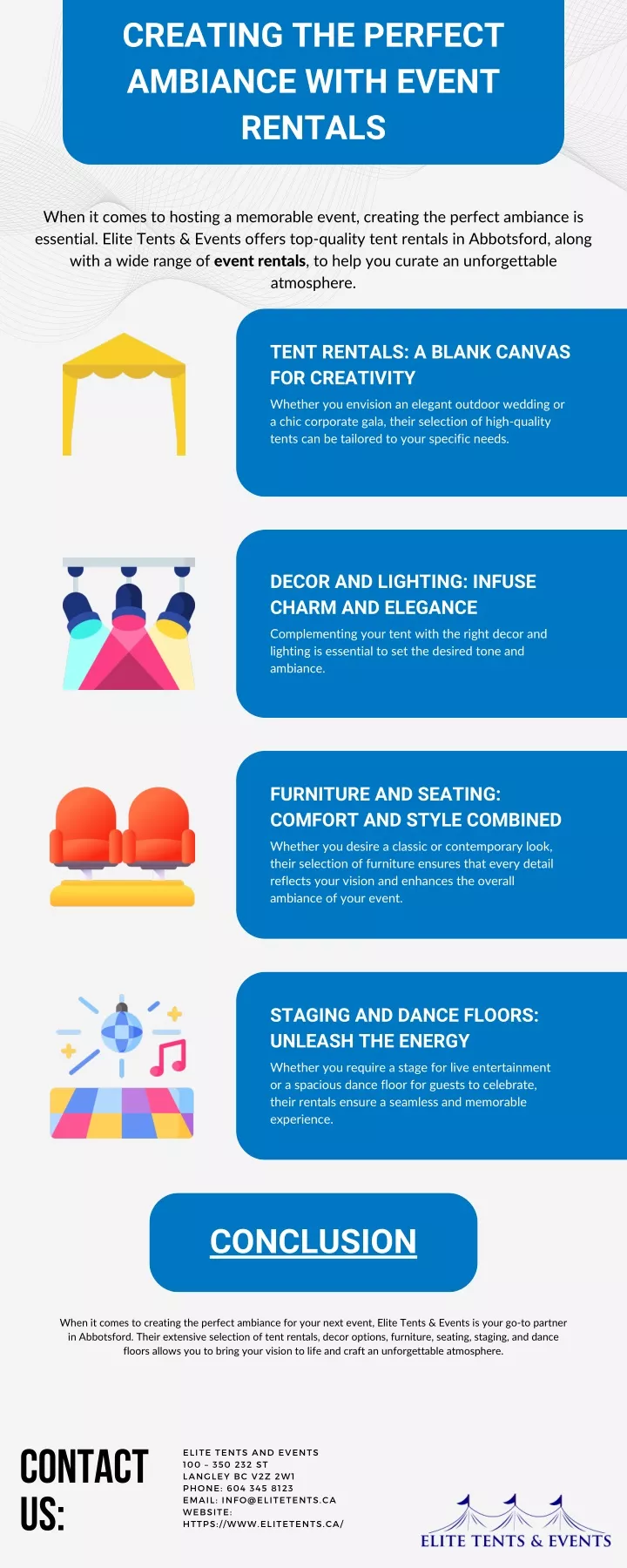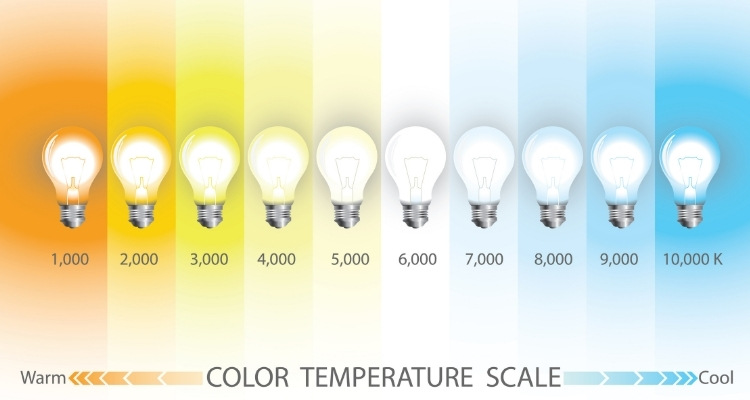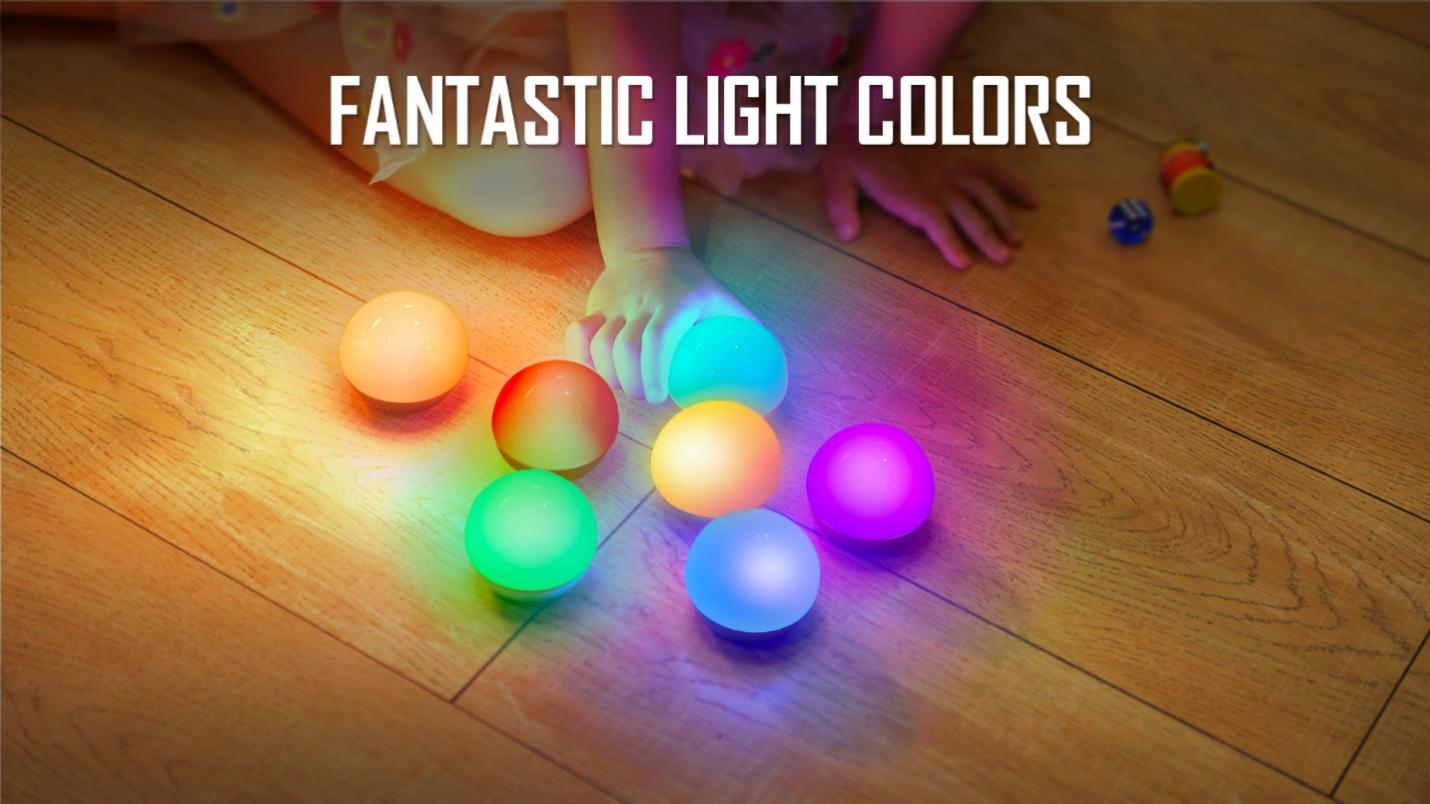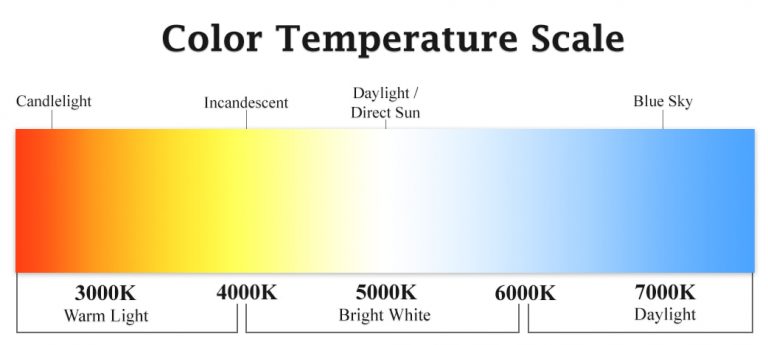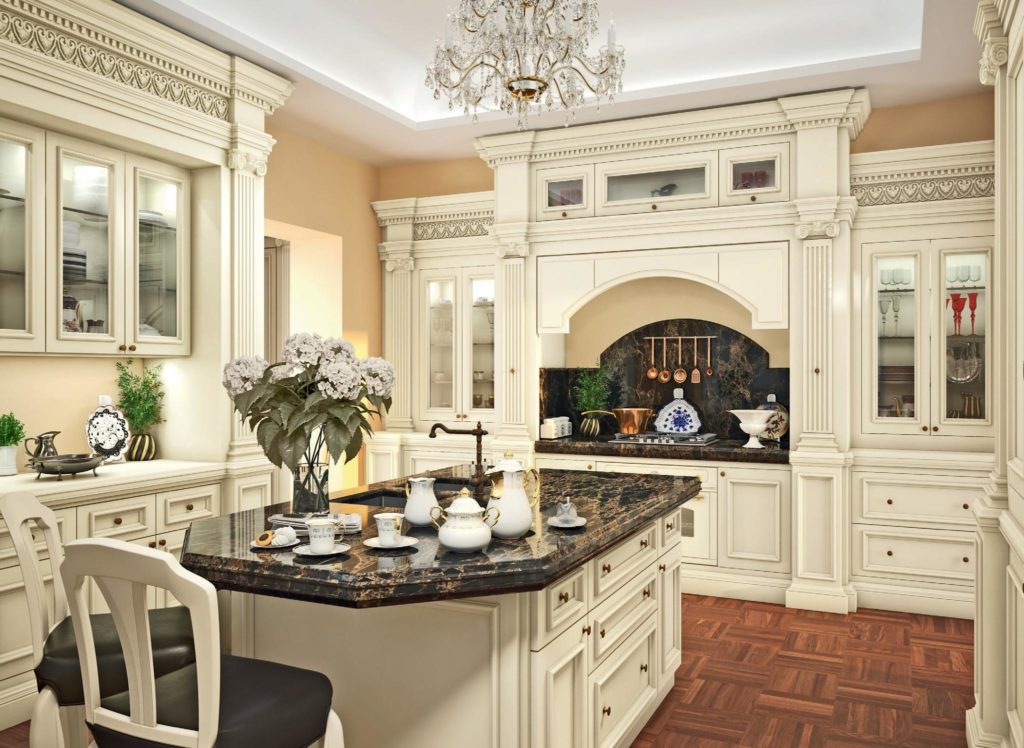When it comes to kitchen lighting, one of the most important decisions to make is the color temperature of your lights. The two most common options for residential lighting are 2700k and 3000k. But which one is the right choice for your kitchen? Let's explore the differences and benefits of each to help you make the best decision for your space.1. "Choosing the Right Color Temperature for Your Kitchen Lighting"
Both 2700k and 3000k lights fall under the "warm white" category, with 2700k being slightly warmer. Warm white lights have a yellowish hue and are often preferred for creating a cozy and inviting atmosphere. In terms of which is better for kitchen lighting, it ultimately depends on your personal preference and the overall design and color scheme of your kitchen.2. "2700k vs 3000k: Which is Better for Kitchen Lighting?"
Both 2700k and 3000k lights have their own set of benefits when it comes to kitchen lighting. 2700k lights are known for their warm and cozy glow, making them ideal for creating a comfortable and inviting atmosphere in your kitchen. On the other hand, 3000k lights have a slightly cooler tone which can help enhance the appearance of white and gray surfaces in your kitchen.3. "The Benefits of Using 2700k or 3000k Lights in Your Kitchen"
When trying to determine the best color temperature for your kitchen lighting, it's important to consider the overall design and color scheme of your kitchen. If you have warm-toned countertops and cabinets, 2700k lights may complement them better. If your kitchen has cooler tones, 3000k lights may be the better choice. It's also important to think about the purpose of your kitchen and how you want it to feel. If you want a cozy and inviting space, 2700k lights may be the way to go. If you want a more modern and sleek feel, 3000k lights may be the better option.4. "How to Determine the Best Color Temperature for Your Kitchen Lighting"
When it comes to energy efficiency, 2700k and 3000k lights are very similar. The difference in energy consumption between the two is minimal, so it shouldn't be a deciding factor when choosing between the two. However, it's important to consider the type of light bulbs you are using, as LED bulbs are more energy-efficient than traditional incandescent bulbs.5. "2700k vs 3000k: Which is More Energy Efficient for Kitchen Lighting?"
The color temperature of your kitchen lights can have a significant impact on the overall design of your space. Warm white lights, such as 2700k, can create a cozy and intimate atmosphere in your kitchen, making it a great choice for entertaining or family gatherings. Cooler white lights, like 3000k, can help create a more modern and sleek look in your kitchen, perfect for those who prefer a clean and minimalist design.6. "The Impact of Color Temperature on Kitchen Lighting Design"
When it comes to task lighting in the kitchen, the color temperature you choose is important. For tasks that require more focus and attention to detail, such as cooking and food preparation, 3000k lights may be more suitable as they offer a brighter and cooler light. However, for tasks that require a more relaxed and comfortable setting, such as dining or entertaining, 2700k lights may be a better choice.7. "2700k or 3000k: Which is More Suitable for Task Lighting in the Kitchen?"
The right color temperature can help create the perfect ambiance in your kitchen. If you want a warm and cozy space, 2700k lights can help achieve that. If you want a more modern and sophisticated atmosphere, 3000k lights may be the way to go. It's all about finding the right balance and using a combination of lighting to create the desired ambiance in your kitchen.8. "Creating the Perfect Ambiance with 2700k or 3000k Lights in Your Kitchen"
When incorporating 2700k or 3000k lights into your kitchen's overall lighting plan, it's important to consider layering your lighting. This means using a combination of ambient, task, and accent lighting to create a well-balanced and functional space. For example, you can use warm white lights, such as 2700k, for ambient lighting and cooler white lights, like 3000k, for task lighting.9. "How to Incorporate 2700k or 3000k Lights into Your Kitchen's Overall Lighting Plan"
To summarize, color temperature plays a significant role in kitchen lighting design. It can affect the overall atmosphere, functionality, and aesthetics of your space. When choosing between 2700k and 3000k lights, consider the design and color scheme of your kitchen, the purpose of the space, and your personal preferences. And remember, layering your lighting can help create the perfect balance in your kitchen.10. "The Role of Color Temperature in Kitchen Lighting: Tips and Tricks"
The Importance of Choosing the Right Light for Your Kitchen

Creating the Perfect Atmosphere
 When it comes to designing a house, one of the most important aspects to consider is lighting. Not only does it serve a functional purpose, but it also plays a significant role in the overall atmosphere and ambiance of a room. This is especially true for the kitchen, which is often considered the heart of the home.
Choosing the right light for your kitchen can make all the difference in creating a warm and inviting space for cooking, dining, and entertaining.
When it comes to designing a house, one of the most important aspects to consider is lighting. Not only does it serve a functional purpose, but it also plays a significant role in the overall atmosphere and ambiance of a room. This is especially true for the kitchen, which is often considered the heart of the home.
Choosing the right light for your kitchen can make all the difference in creating a warm and inviting space for cooking, dining, and entertaining.
The Battle Between 2700k and 3000k
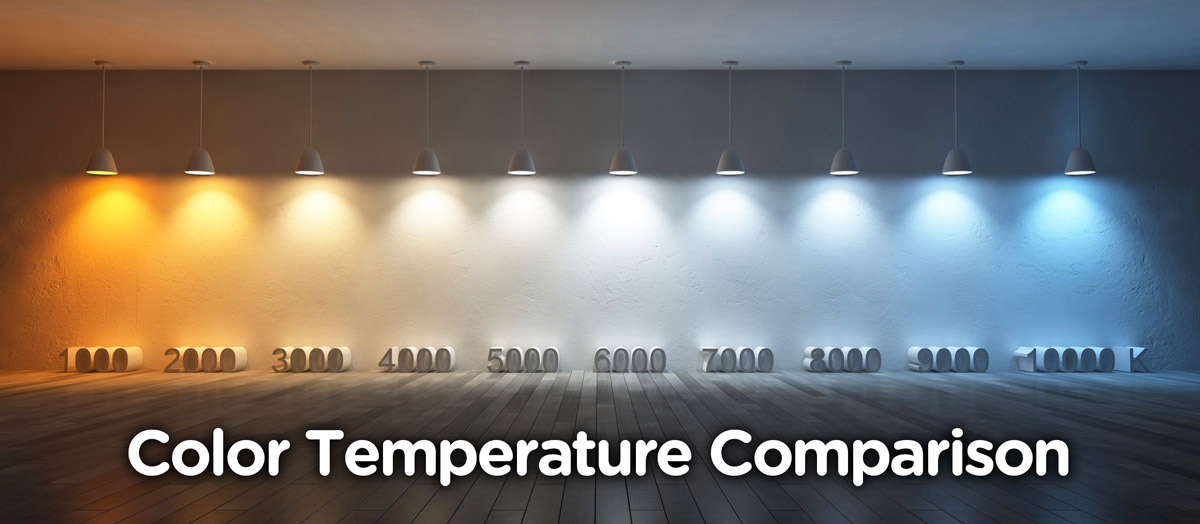 One of the most commonly debated topics when it comes to kitchen lighting is whether to use 2700k or 3000k lights. These numbers refer to the color temperature of the light, with 2700k being a warm, yellowish light and 3000k being a cooler, whiter light. While both options have their own benefits, it ultimately comes down to personal preference and the overall design aesthetic of your kitchen.
One of the most commonly debated topics when it comes to kitchen lighting is whether to use 2700k or 3000k lights. These numbers refer to the color temperature of the light, with 2700k being a warm, yellowish light and 3000k being a cooler, whiter light. While both options have their own benefits, it ultimately comes down to personal preference and the overall design aesthetic of your kitchen.
The Benefits of 2700k Lights
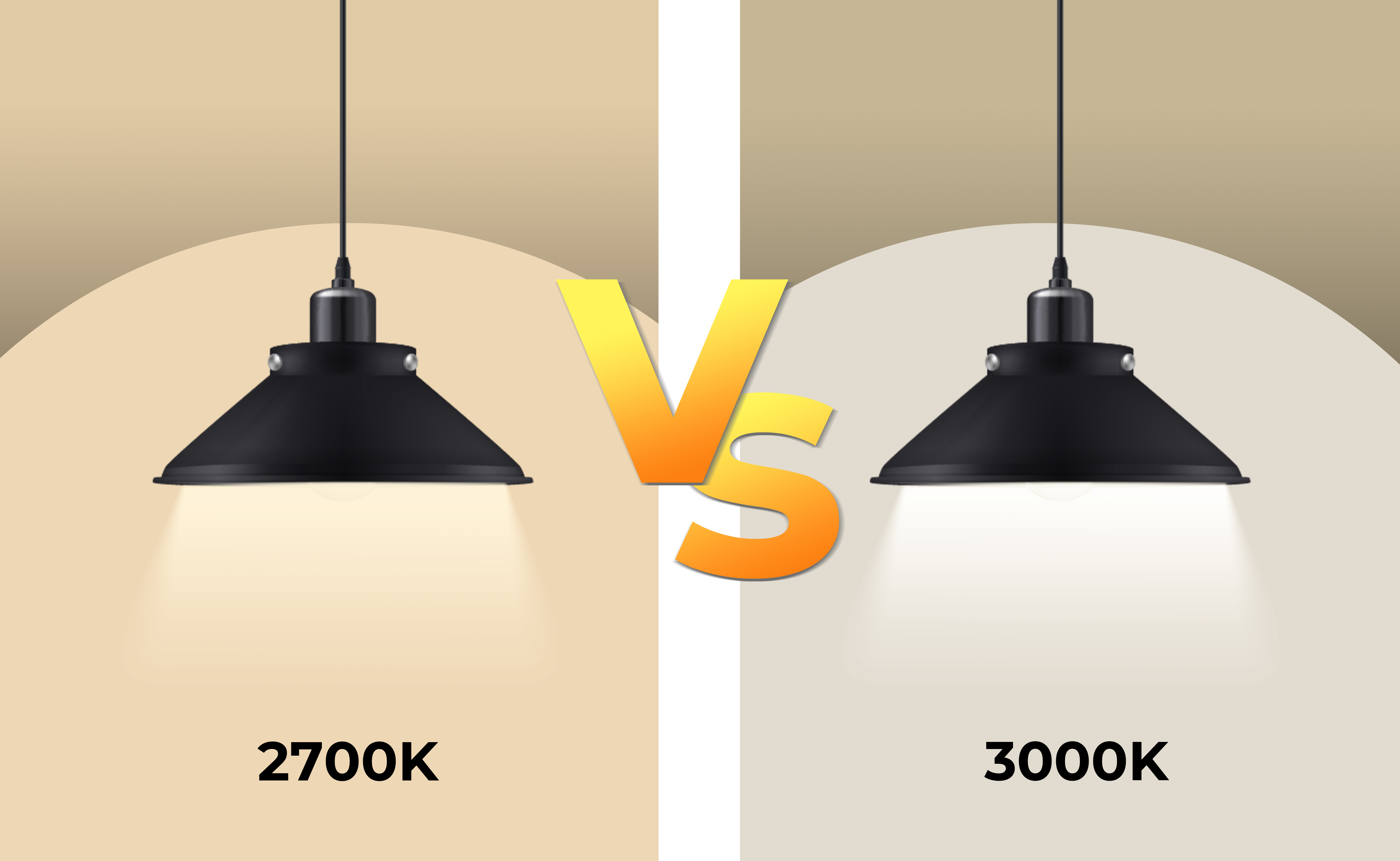 2700k lights are the traditional choice for kitchen lighting and are often associated with a cozy, homey feel.
They give off a warm, yellowish glow that can be reminiscent of candlelight, making them perfect for creating a relaxed and inviting atmosphere. This color temperature is also known to enhance the natural colors of food, making it ideal for cooking and food preparation. Additionally,
2700k lights are energy-efficient, making them a cost-effective option for homeowners.
2700k lights are the traditional choice for kitchen lighting and are often associated with a cozy, homey feel.
They give off a warm, yellowish glow that can be reminiscent of candlelight, making them perfect for creating a relaxed and inviting atmosphere. This color temperature is also known to enhance the natural colors of food, making it ideal for cooking and food preparation. Additionally,
2700k lights are energy-efficient, making them a cost-effective option for homeowners.
The Advantages of 3000k Lights
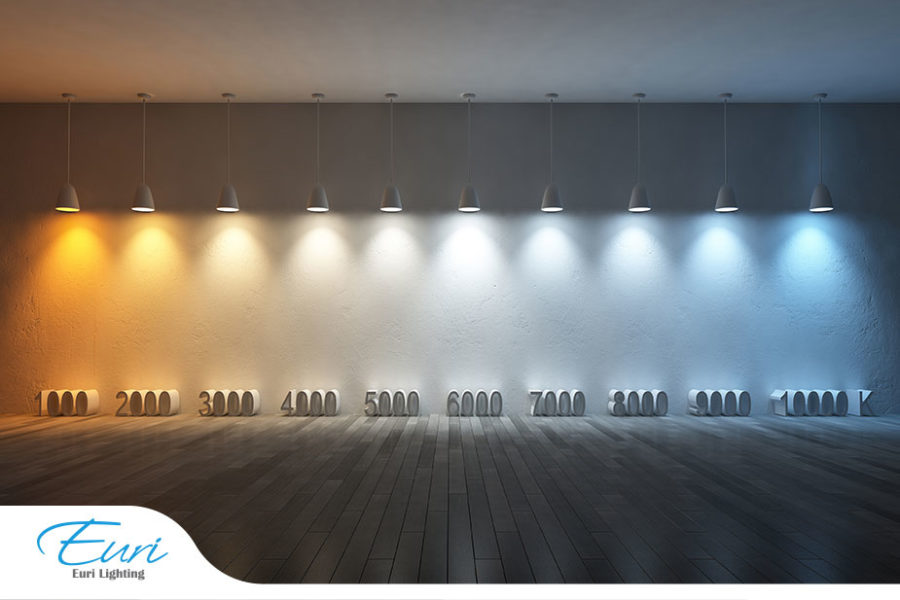 On the other hand,
3000k lights provide a brighter and more modern look in the kitchen.
They emit a cooler, whiter light that is similar to natural daylight, making them ideal for task lighting. This color temperature is also known to enhance the colors of white and gray, making it perfect for showcasing a modern and sleek kitchen design.
3000k lights are also energy-efficient and have a longer lifespan compared to traditional incandescent lights.
On the other hand,
3000k lights provide a brighter and more modern look in the kitchen.
They emit a cooler, whiter light that is similar to natural daylight, making them ideal for task lighting. This color temperature is also known to enhance the colors of white and gray, making it perfect for showcasing a modern and sleek kitchen design.
3000k lights are also energy-efficient and have a longer lifespan compared to traditional incandescent lights.
Choosing the Right Light for Your Kitchen
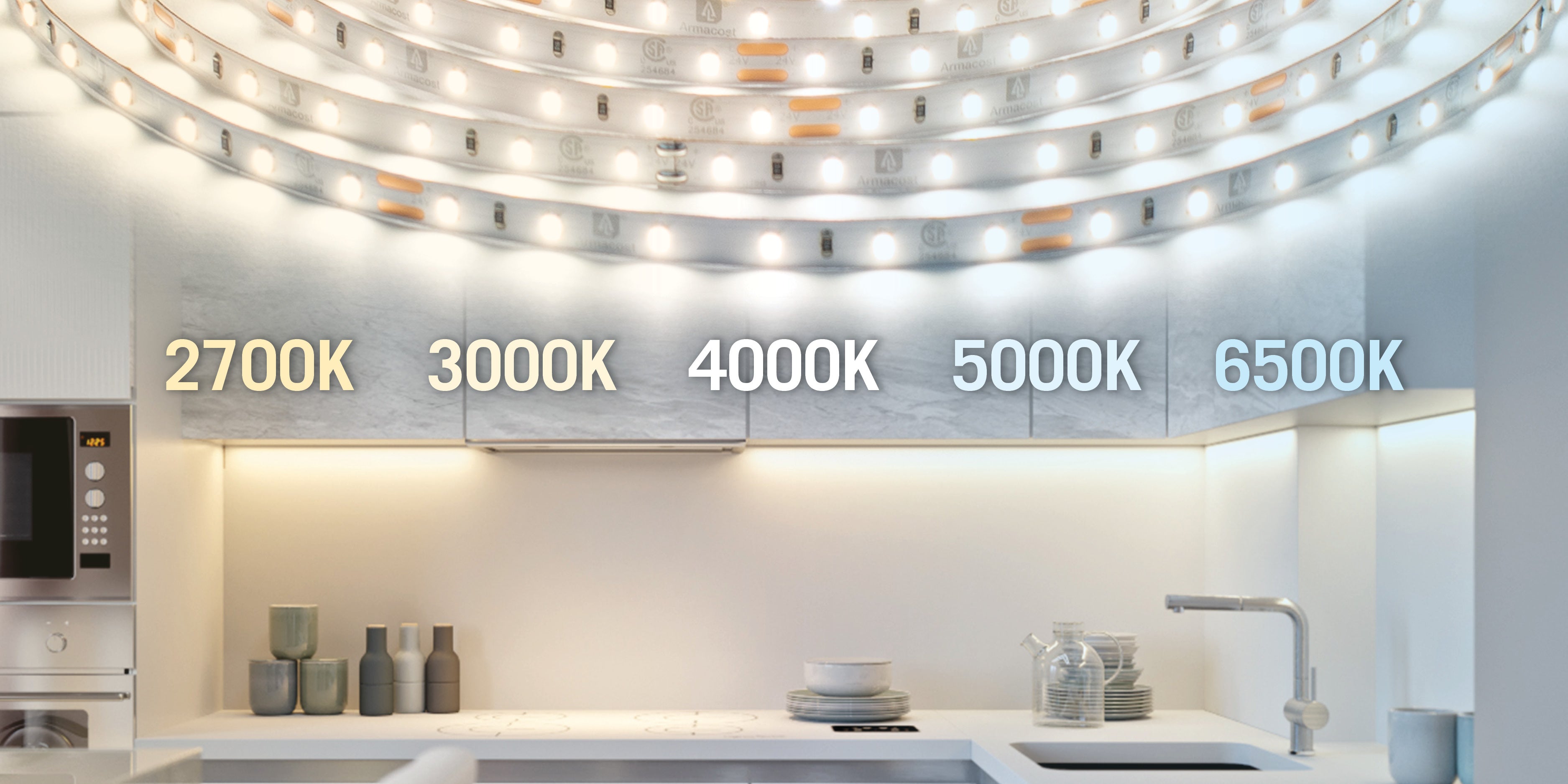 Ultimately, the decision between 2700k and 3000k lights for your kitchen comes down to your personal preference and the design aesthetic you want to achieve.
For a more traditional and cozy feel, 2700k lights are the way to go.
But if you prefer a brighter and more modern look, 3000k lights may be the better choice. Keep in mind that you can also mix and match these two color temperatures to create a layered look in your kitchen,
combining the warmth of 2700k lights with the brightness of 3000k lights for the perfect balance.
Ultimately, the decision between 2700k and 3000k lights for your kitchen comes down to your personal preference and the design aesthetic you want to achieve.
For a more traditional and cozy feel, 2700k lights are the way to go.
But if you prefer a brighter and more modern look, 3000k lights may be the better choice. Keep in mind that you can also mix and match these two color temperatures to create a layered look in your kitchen,
combining the warmth of 2700k lights with the brightness of 3000k lights for the perfect balance.
In Conclusion
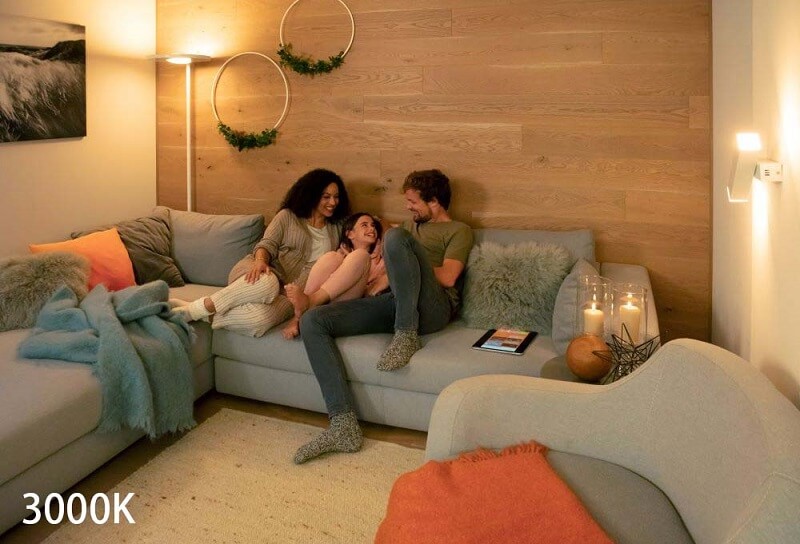 Lighting is an essential element in house design, and choosing the right light for your kitchen is crucial in creating the perfect atmosphere. Whether you opt for the warm and cozy 2700k lights or the bright and modern 3000k lights,
make sure to consider your personal style and the overall design of your kitchen to create a space that is both functional and inviting.
Lighting is an essential element in house design, and choosing the right light for your kitchen is crucial in creating the perfect atmosphere. Whether you opt for the warm and cozy 2700k lights or the bright and modern 3000k lights,
make sure to consider your personal style and the overall design of your kitchen to create a space that is both functional and inviting.
